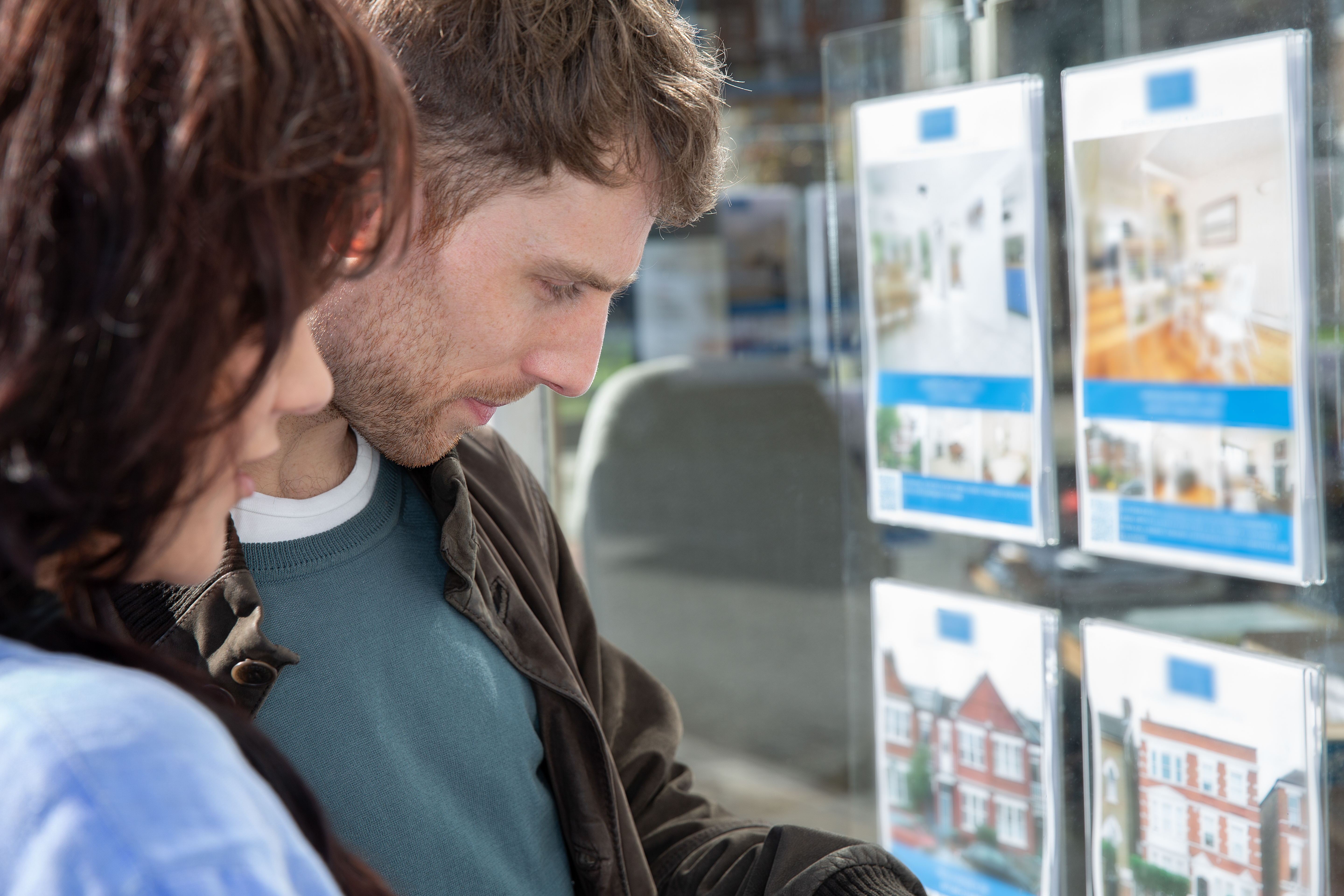15 years in the markets: bubble, bubble, toil and trouble
Andrew Van Sickle takes a look back at the markets over the past 15 years since MoneyWeek's first issue, and asks what's next for investors.


"The past is a foreign country; theydo things differently there," saidL.P. Hartley. So much has happened in economies and markets in the past15 years that November 2000 nowreally does seem like a different world. The Bank of England's base rate was 6% on the way down from a peak of 7.5% in the late 1990s. In America, the Federal Funds rate was 6.5%.
The euro had been launched in digital form, but the banknotes had yet to appear. It was a hot topic. At the time, MoneyWeek had a special "Euroviews" section not because the euro threatened to break apart, but because it was so weak against the dollar. Many people in the UK were lobbying for us to join it. Nobody was talking about a commodities supercycle. And gold was trading at $265 an ounce, compared to $1,100 now.
In equity markets, air was hissing out of the technology bubble we'd already seen the peak but the go-go years of the 1990s had imbued analysts and investors with such optimism that practically no one thought that stocks wouldn't rebound rapidly. Indeed, in our second issuewe noted that bullishness amongUS brokerages was at a 16-year high.
MoneyWeek
Subscribe to MoneyWeek today and get your first six magazine issues absolutely FREE

Sign up to Money Morning
Don't miss the latest investment and personal finances news, market analysis, plus money-saving tips with our free twice-daily newsletter
Don't miss the latest investment and personal finances news, market analysis, plus money-saving tips with our free twice-daily newsletter
Even after a torrid 2001, analysts remained in bull mode. That October, Goldman Sachs' Abby Cohen, a famously uber-bullish analyst, forecast a 25%-35% rise in the S&P 500 by the end of 2002. With hindsight, this was of course an utterly bonkers call, but it illustrates how the great and good couldn't get their heads around the idea that the market tide had turned. Everyone was still buying the dips. Another piece from one of our October 2001 issues noted that fund managers were predicting a FTSE 100 rebound in 2002. Instead it fell by a quarter.
Why the tide turned in 2000
Yet history offered plenty of clues that Western stockmarkets, whose tone was set mainly by America, would suffer a multi-year bear market. The sceptics said that US market history showed that stocks moved in long up and down cycles, from high valuations to low ones and back again. This reflects human nature. People get carried away with stocks in the good times, overpaying for them, then over-react by staying bearish for years.
The upshot is that these long-term, or secular, cycles last for 15 years on average, and the 1982-2000 upswing had left stocks more expensive than ever before. So it was reasonable to expect stocks gradually to return to cheap levels.
That, history showed, could happen either by stocks falling, or through earnings climbing while stocks trod water, thus lowering price/earnings (p/e) ratios to more reasonable levels or a combination of both processes. Long-term bear markets were always punctuated by (sometimes lengthy) counter-trend rallies. By March 2003, when stocks took off again, many analysts hailed a new multi-year bull market. We suspected it was merely a major rally in a longer-term bear market, as valuations hadn't fallen enough by March 2003 to pave the way for a secular bull. A few years later, of course, stocks did indeed hit new lows. But in the meantime, central banks had managed to reflate the bubble and put off a correction.
2003: the next bubble inflates
This highlights a key market theme during the 15 years that MoneyWeek has been around: serial bubble blowing by central banks has tended to compensate for weak or so-so fundamentals, and artificially propped up stocks. Once the tech bubble burst, interest rates slid, with the US Federal Reserve slashing rates to 1% in 2003 in a bid to pre-empt a deflationary slowdown. The economy recovered and investors flocked back into equities.
Interest rates at historic lows (3.5% in the UK) stimulated lending and ensured there was plenty of liquidity sloshing around. When money is created, it tends to find its way into asset markets. As of early 2003, Western stocks resumed their upswing while property prices took off, most notably in the US, where housing bubbles had been relatively rare occurrences (unlike the UK).
Meanwhile, the global liquidity spree reinforced a revival of commodity markets (see below) driven by China's booming demand, which gave the emerging markets story notablyLatin America's an additional boost.
It all looked like a durable global recovery, but of course it was just another bubble, this time focusing primarily on property. The loose lending encouraged by central banks and abetted by dozy regulators led to the subprime debacle, the credit crunch, and the nastiest global downturn since the 1930s.
2009: and yet another bubble
In response, central banks cut rates to zero then injected yet more liquidity in the form of quantitative easing (QE), or money printing. The stimulus hasn't done much for the economy: encouraging yet more borrowing by maxed-out companies and households was never likely to work quickly. All the debt we had racked up has caused an unusually slow recovery in the past few years Western economies have essentially been trying to run up a down escalator with a heavy suitcase.
But the liquidity has again lifted asset prices, compensating for relatively lacklustre economies and profits. Most Western stockmarkets have reached new peaks. However, this time round, the cheer hasn't spread much beyond developed economies. Chalk that up to China's slowdown, and the resulting bear market in commodities, and structural problems in former emerging-market darlings such as Brazil and Russia. In short, the key investment story of the past 15 years has been that Western central banks have artificially propped up asset prices by showering markets with money, trumping lacklustre fundamentals.
So what now? Could the post-2000 bear market have unfinished business? We are hardly in the sort of economic environment associated with secular bull markets. The 1982-2000 bull market came in an era of deregulation and the defeat of inflation. Now, almost a decade after the crisis, we haven't yet fully shaken off the hangover from the debt bubble. And even in March 2009, the American stockmarket's cyclical p/e ratio hadn't fallen to the single-digit levels usually seen at secular bear-market bottoms.
But whatever lies in store over the longer term, one theme endures: when central banks shower markets with money, they rise. That's why, despite our scepticism over the backdrop, we remain keen on reasonably priced markets with supportive central banks, such as Europe and Japan. And hold onto gold (see below) for when bubble-blowing central banks run out of markets to inflate.
Gold's record bull
In 2000, the days of a record-high gold price were a distant memory: $850 an ounce in 1980. Two decades of dis-inflation, combined with a raging bull market in equities and bonds, had made gold look unappealing compared to income-producing assets. Chancellor Gordon Brown's very public decision to sell off a chunk of the UK's gold reserves between 1999 and 2002 didn't help matters.
But as we began pointing out in late 2001, the outlook was improving. Interest rates were falling, making gold's lack of yield less of a problem; the dollar was weak; and commodities in general had bottomed out. As the decade went on, loose monetary policy and buoyant asset prices fuelled concerns over inflation. When 2008 hit, gold fell briefly before recovering rapidly as fears of further financial instability saw investors hunting for safe havens at a time when central bank money-printing was very much an unknown quantity.
The euro crisis of 2011 saw gold achieved a fresh record of just under $2,000 an ounce in September of that year. Since then, rallying markets and hopes of a return to normal have seen gold fall to around $1,100 an ounce now. But keep 5%-10% of your wealth in gold as insurance the next crisis may not be far away.
The not-so-super commodities cycle
One major theme of the past 15 years was the commodities supercycle. Raw materials, like stocks, move in long cycles. In the early 2000s, prices hit historically cheap levels: adjusted for inflation, zinc, for example, was at a 60-year low.
Many metals were in short supply after years of underinvestment in production, due to the long bear market of the 1980s and 1990s. Demand growth hit unprecedented levels as Asia, led by China, urbanised and industrialised. Bulls noted that 3.5 billion people in Asia wanted to live like Westerners. In the past, countries with fewer than a billion people had underpinned most of the demand.
And China's appetite was voracious. Between 2002 and 2005, it accounted for 51% of the growth in global copper consumption, while the respective figures for nickel and tin were 87% and 86%. Tight supplies in the oil market and rising prices made "Peak Oil" a fashionable term. But the global crisis and weak recovery hit demand growth, and China's desire to consume more and build less implies slower demand growth there.
Meanwhile, supply began to catch up with demand (in the oil market in particular, technology and high prices freed up more supply), chasing speculators out of the market. In 2012 and 2013, for example, copper production outpaced demand for the metal. This year, as investors woke up to China's slowdown, the Bloomberg Commodity index slid to a 12-year low.
The euro: a disaster for Europe
During the 1990s, many people warned that the euro was a disaster waiting to happen. Tying a group of structurally disparate economies together in a single currency, without a single government and fiscal policy, had never worked in the past. And, it turns out, it hasn't worked this time either.
All seemed fine at first, but once the global crisis occurred, the euro's structural flaws were laid bare. The basic problem is that the southern countries Greece, Spain, Italy, and Portugal had always been relatively uncompetitive. In the past they relied on allowing their currencies to fall, or cutting interest rates, when hard times hit. In the euro, they can no longer do that. Having binged on cheap credit in the first few years of the euro (the eurozone interest rate was typically a lot lower than their previous national rates), the hangover was going to be grim.
The only way to regain competitiveness in a single currency is via "internal devaluation" wages and prices have to fall until they are low enough to become appealing for foreign investors and international customers again. This implies brutal austerity and major structural reforms, which most eurozone states shirked even in the good times.
Government debt levels spiralled amid banking crises or general overspending; Greece's public-sector wage bill jumped by 92% in 2000-2008, for example. The debt loads became unsustainable. Politically toxic rescue packages, with the north imposing tough conditions on the south, followed. The euro has so far survived fears of Grexit and break up, but its design flaws have gravely damaged, rather than promoted, European integration.
Get the latest financial news, insights and expert analysis from our award-winning MoneyWeek team, to help you understand what really matters when it comes to your finances.

-
 Rightmove: Biggest January rise in property asking prices in 25 years
Rightmove: Biggest January rise in property asking prices in 25 yearsThe traditional Boxing Day bounce and post-Budget positivity combined to create a 2.8% jump in property asking prices, data suggests
-
 PayPoint: A promising stock for income-seekers
PayPoint: A promising stock for income-seekersPayPoint, a household name across Britain, is moving away from its traditional roots toward a digital future. Investors after a steady income should buy in